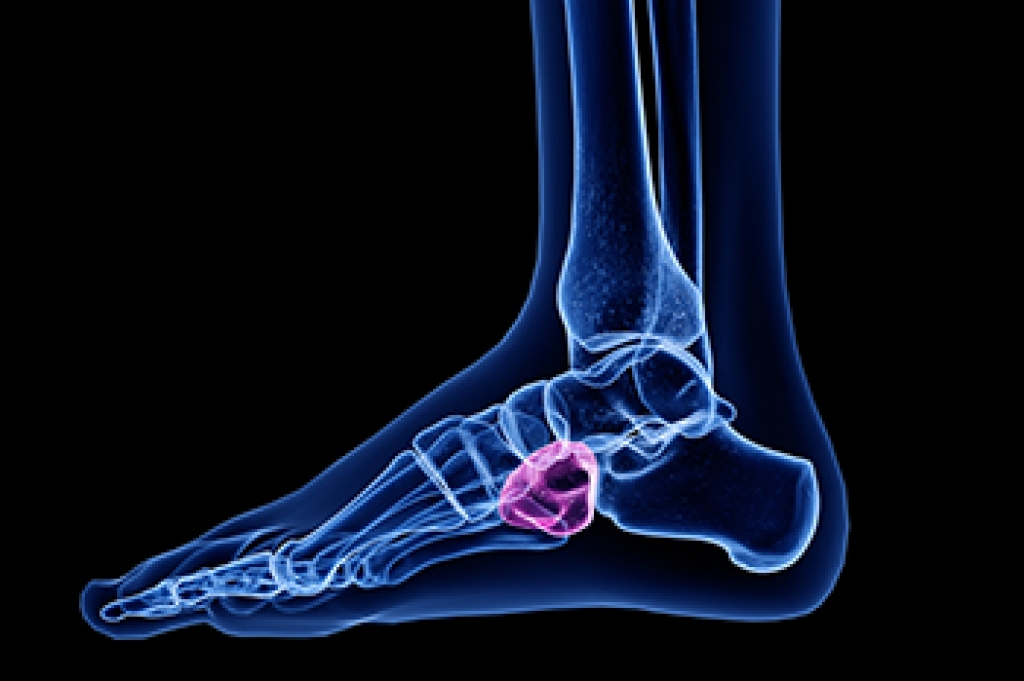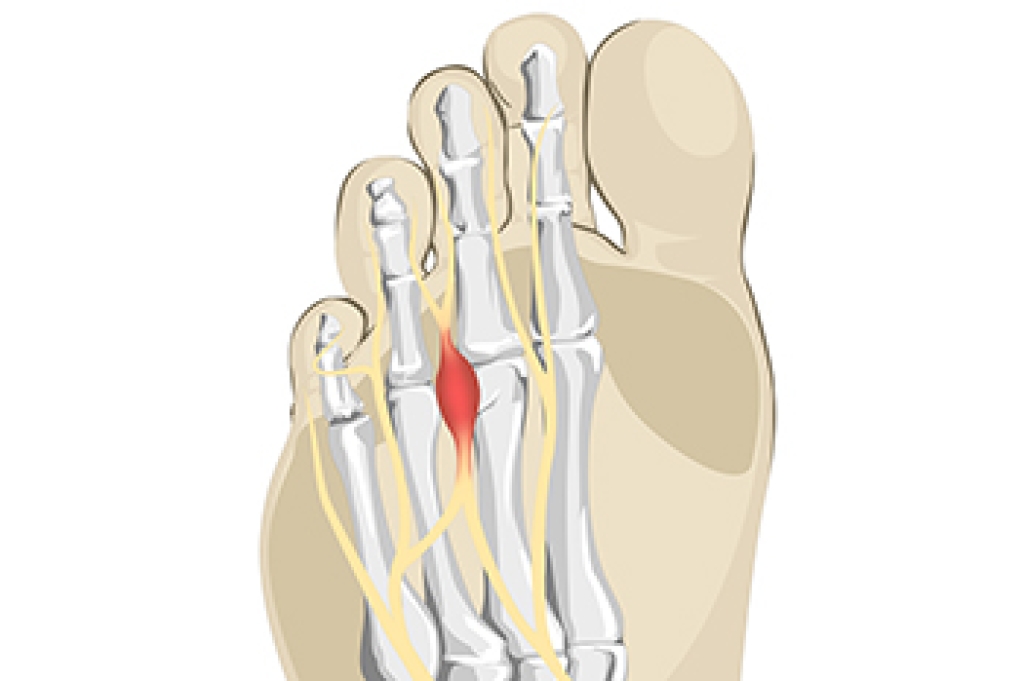Connect With Us
Blog
Blog
Relieving Foot Pain from Cuboid Syndrome

Cuboid syndrome is a condition where the cuboid bone in the foot becomes misaligned, often causing sharp pain along the outer side of the foot. It can result from overuse, ankle sprains, or repetitive stress from activities like running or jumping. Risk factors include wearing improper footwear, flat feet, or uneven gait patterns. Symptoms may include localized pain, weakness, and difficulty bearing weight. The cuboid whip is a manual technique used to realign the bone quickly and effectively, often providing immediate relief. A podiatrist can diagnose cuboid syndrome through a physical examination and provide treatments such as manipulation, orthotics, and rehabilitation. If you are experiencing foot pain, it is suggested that you consult a podiatrist who can provide an accurate diagnosis and treatment.
Cuboid syndrome, also known as cuboid subluxation, occurs when the joints and ligaments near the cuboid bone in the foot become torn. If you have cuboid syndrome, consult with Raul Hidalgo DPM from South Texas Foot & Ankle Care. Our doctor will assess your condition and provide you with quality foot and ankle treatment.
Cuboid syndrome is a common cause of lateral foot pain, which is pain on the outside of the foot. The condition may happen suddenly due to an ankle sprain, or it may develop slowly overtime from repetitive tension through the bone and surrounding structures.
Causes
The most common causes of cuboid syndrome include:
- Injury – The most common cause of this ailment is an ankle sprain.
- Repetitive Strain – Tension placed through the peroneus longus muscle from repetitive activities such as jumping and running may cause excessive traction on the bone causing it to sublux.
- Altered Foot Biomechanics – Most people suffering from cuboid subluxation have flat feet.
Symptoms
A common symptom of cuboid syndrome is pain along the outside of the foot which can be felt in the ankle and toes. This pain may create walking difficulties and may cause those with the condition to walk with a limp.
Diagnosis
Diagnosis of cuboid syndrome is often difficult, and it is often misdiagnosed. X-rays, MRIs and CT scans often fail to properly show the cuboid subluxation. Although there isn’t a specific test used to diagnose cuboid syndrome, your podiatrist will usually check if pain is felt while pressing firmly on the cuboid bone of your foot.
Treatment
Just as the range of causes varies widely, so do treatments. Some more common treatments are ice therapy, rest, exercise, taping, and orthotics.
If you have any questions, please feel free to contact our office located in San Antonio, TX . We offer the newest diagnostic and treatment technologies for all your foot care needs.
What Your Foot May Be Telling You About Morton’s Neuroma

Morton’s neuroma is a nerve issue that most often develops between the third and fourth toes. It can feel like a small pebble is stuck in your shoe or a burning or tingling sensation in the ball of the foot. Some people notice numbness that comes and goes, especially when wearing tight shoes or walking for long periods of time. The pain may improve when shoes are removed or the foot is rubbed, but the symptoms often return. Over time, the discomfort can become more frequent or intense. Without treatment, daily activities may become difficult. Because Morton’s neuroma involves a thickened nerve, early care can help avoid further irritation. If you are noticing strange sensations or pain in your forefoot, it is suggested that you see a podiatrist for a thorough exam and a clear plan for relief.
Morton’s neuroma is a very uncomfortable condition to live with. If you think you have Morton’s neuroma, contact Raul Hidalgo DPM of South Texas Foot & Ankle Care. Our doctor will attend to all of your foot care needs and answer any of your related questions.
Morton’s Neuroma
Morton's neuroma is a painful foot condition that commonly affects the areas between the second and third or third and fourth toe, although other areas of the foot are also susceptible. Morton’s neuroma is caused by an inflamed nerve in the foot that is being squeezed and aggravated by surrounding bones.
What Increases the Chances of Having Morton’s Neuroma?
- Ill-fitting high heels or shoes that add pressure to the toe or foot
- Jogging, running or any sport that involves constant impact to the foot
- Flat feet, bunions, and any other foot deformities
Morton’s neuroma is a very treatable condition. Orthotics and shoe inserts can often be used to alleviate the pain on the forefront of the feet. In more severe cases, corticosteroids can also be prescribed. In order to figure out the best treatment for your neuroma, it’s recommended to seek the care of a podiatrist who can diagnose your condition and provide different treatment options.
If you have any questions, please feel free to contact our office located in San Antonio, TX . We offer the newest diagnostic and treatment technologies for all your foot care needs.
Blog Archives
- 2025
- 2024
- 2023
- 2022
- 2021
- 2018
- 2017



